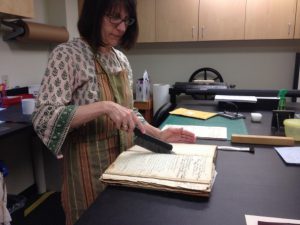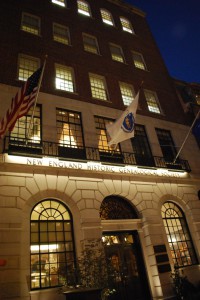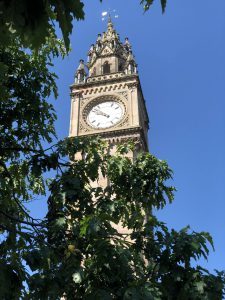![]() Much of my attention over the last eighteen months has been focused on creating the online database Mayflower Families Fifth Generation Descendants, 1700-1880. It was great to make this resource available to help people research their Mayflower ancestry.
Much of my attention over the last eighteen months has been focused on creating the online database Mayflower Families Fifth Generation Descendants, 1700-1880. It was great to make this resource available to help people research their Mayflower ancestry.
Now we have a database with nearly 165,000 birth, marriage, and death records, and thus a unique opportunity to do some analysis on the Mayflower fifth generation descendants in aggregate, looking for interesting facts about this group. Continue reading How long is a generation?








